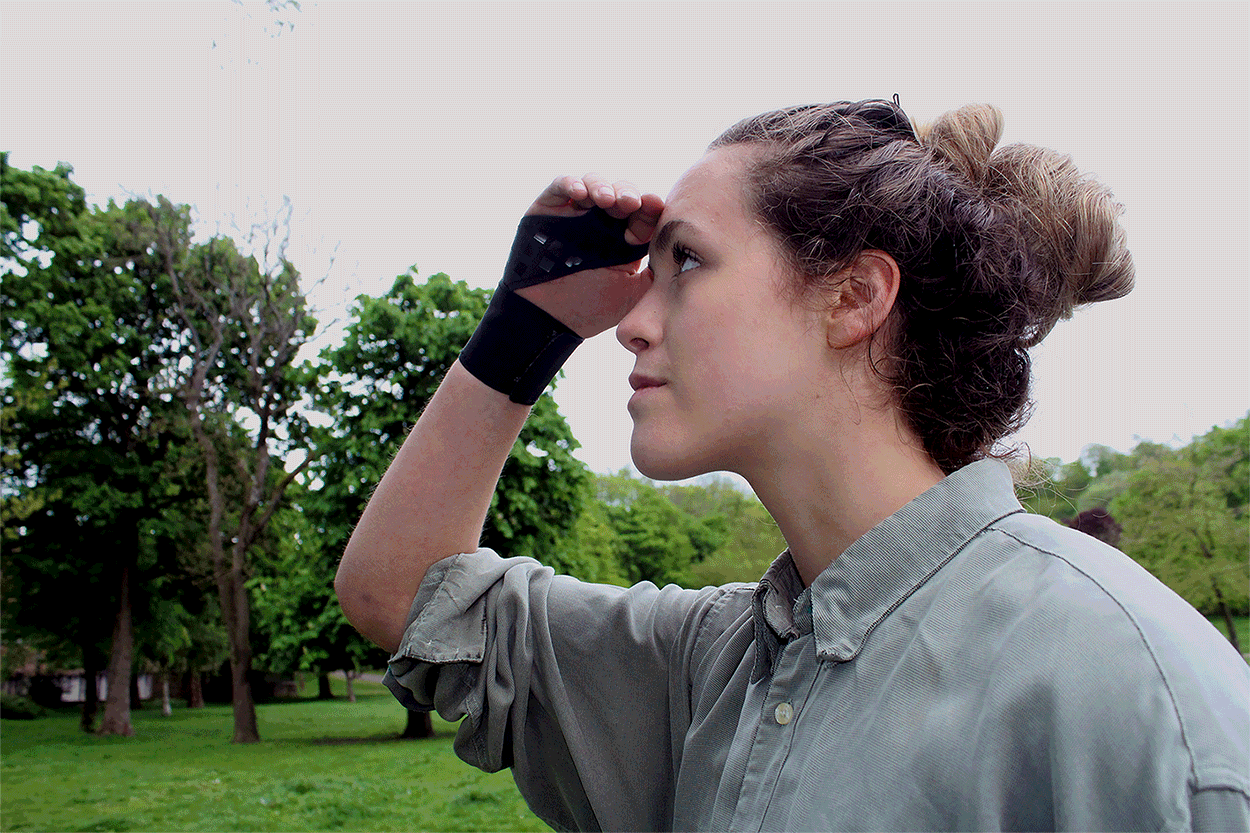
FUTURE EXPERIENCES
//CULTIVAID
This project was a partnership between Sustainable Futures Africa and the final year Product Design Students of the Glasgow School of Art's Innovation School.
I was asked to investigate, in both analytical and speculative ways, future forms and functions of Sustainable Development work in relation to the Global South and design an appropriate outcome. Based in Africa, my project focused on the transfer of energy between the farmer and the land in Agriculture within the lens of progressive Climate Change.
PART ONE: PART TWO:
Work collaboratively to create a 'future world' which represents shifts within Energy in the changing landscape of the Global South
Individually select and develop an aspect of your 'future world' to produce a highly resolved designed experience.
I focussed on combining indigenous farming techniques and technology within Agriculture
//PART ONE: COLLABORATIVE
I worked alongside Rhona Brown, Jennifer O'Rourke and Chantal Roth to deliver Part 1.
We researched the theme of Energy within Sustainable Development.
Following our initial research, we decided to build a future vision of 2030 in which visualises decentralised access to clean energy within rural Malawi. Predictions of increased variable weather conditions make it vulnerable to falling behind neighbouring countries. We saw self-sufficient energy production as the key to unlocking the Sustainable Futures potential of Malawi’s rural areas.

Insights: Meeting with members of Sustainable Futures Africa allowed us to gain valuable insights in to a context with which we were unfamiliar and helped us to develop our future world. As we couldn't physically conduct observations in Africa, this was a vital part to our project and our relationship with the members of Sustainable Futures Africa was invaluable.
![IMG_4599[1738].jpg](https://static.wixstatic.com/media/7e9fda_6ececd0d2b37400c85fc5b1d66b37f14~mv2.jpg/v1/fill/w_426,h_556,al_c,q_80,usm_0.66_1.00_0.01,enc_avif,quality_auto/IMG_4599%5B1738%5D.jpg)

Building a Future Vision: Through workshops hosted by StudioAndThen, we examined current trends and unintended consequences in order to identify stakeholders and recurring themes. This helped us to build a future vision of Energy within Sustainable Development.
From this, we extracted 5 key themes which we felt were important actors in the future of Sustainable Development: Loss of Cultures and Traditions, New Green Employment Opportunities, Energy's Impact on Community Dynamic, Global Values and The Value of Energy.




The Final Model: Our Future World was named Terra. It depicts a model community based in rural Malawi.
Terra aims to empower citizens by providing them with the tools they need to produce and trade clean energy, allowing them to operate off grid. The system can only function if the community works together to overcome challenges including the need for a reliable energy supply to help sustain general living or occupation, changing weather conditions, or the need for stronger relationships between the instigators (natural or human) that bring energy to rural Africa.
The final exhibit helped visitors to appreciate this dynamic by encouraging them to collaborate. It also presented the four key values required to sustain self-sufficient energy production within their model community, without relying on corporations or state actors. Participants put on a headband with a label naming one of four key values of the Terra community – Materials, Knowledge, Climate, and Traditions & Cultures. By working together they could figure out which part they played before stepping on corresponding footprints to complete a circuit that illuminated the village.
//PART TWO: INDIVIDUAL
I was interested in how Sustainable Development within energy could be made whilst retaining Traditions and Culture.
I was specifically interested in examining agriculture through the lens of Climate Change: Africa is more vulnerable than any other continent to the continually changing weather patterns and is predicted see some of the most drastic impacts of Climate Change.



Tassa
Earlier in the project I had come across a traditional agricultural technique called Tassa - an ancient and forgotten irrigation technique which can increase crop yield by between 2-3x compared to land without.

Why? 70% of people in Africa earn their income from farming, however increased variable weather conditions will leave their livelihoods vulnerable.
Development: I wanted to integrate the technology, providing accurate soil and weather analysis and advice, into the choreography of checking the soil and weather conditions. I made a series of wearable prototypes out of found objects to explore how the sensors and a feedback system could become part of a ritual.

Outcome (System Diagram): CultivAid is a system that uses digital technology to support and encourage indigenous farming methods and promotes the sharing of knowledge and advice between farmers around the world.

Outcome (Sensor): The CultivAid system helps farmers assess important factors affecting growth of crops such as soil conditions and climactic events in response to challenges posed by abnormal environmental conditions resulting from the Earth’s changing climate. Through enriching the connection between farmer and land by promoting indigenous farming methods, the senses are correlated and adjustments can be made